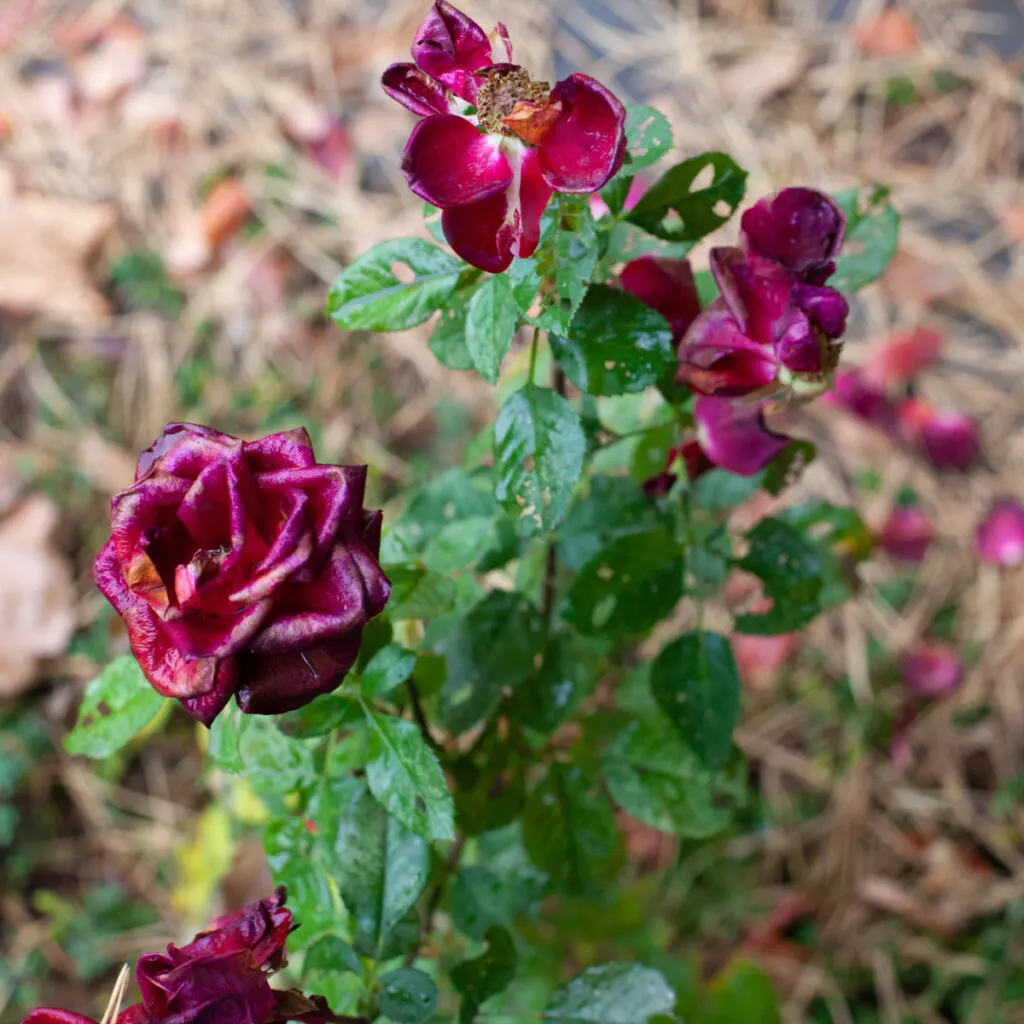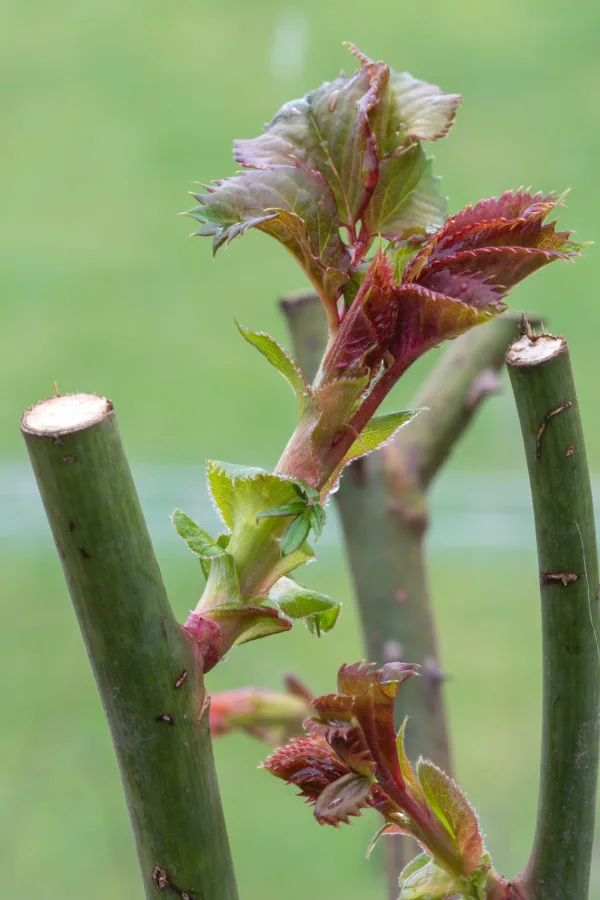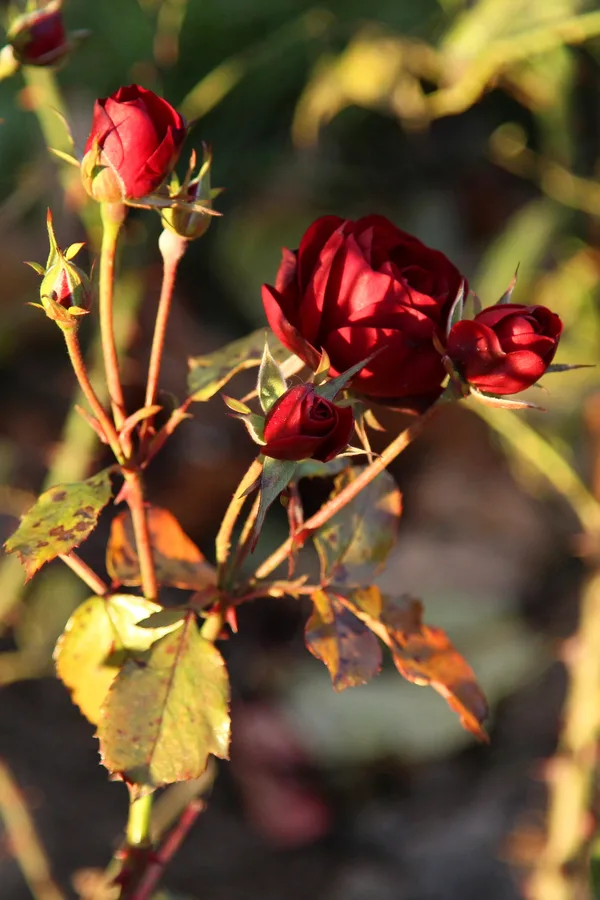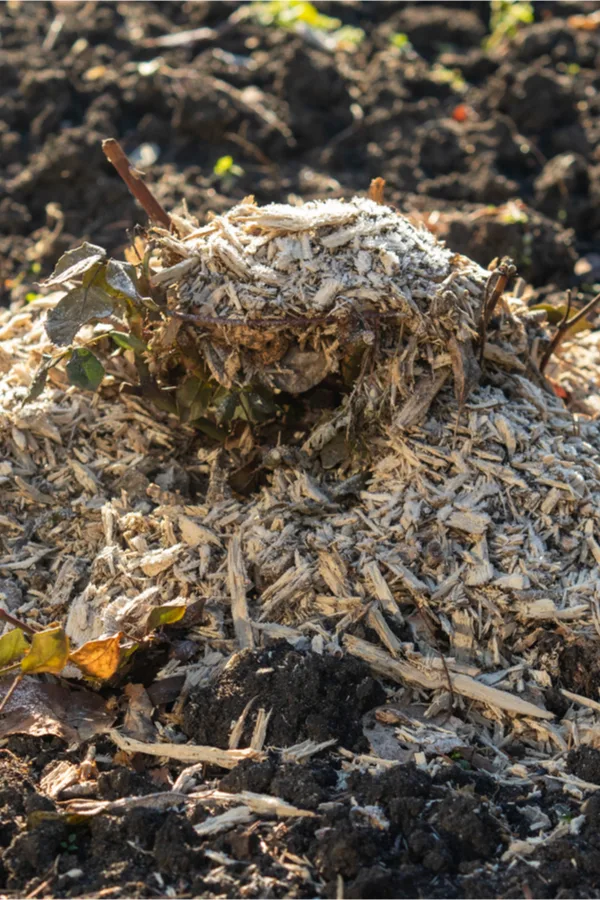Ad Blocker Detected
Our website is made possible by displaying online advertisements to our visitors. Please consider supporting us by disabling your ad blocker.
One thing is certain – autumn holds immense significance for all strains of roses. Whether they are hybrid tea, floribunda, climbing, or shrub roses, the care administered during this season not only determines their growth and blossoming the following summer but also serves as the crux between vitality and potential decline before spring arrives.
Unfortunately, the unforgiving winter elements can prove perilous for rose bushes, particularly those left exposed or weakened due to inadequate autumnal attention. This is relevant not only in regions prone to severe cold, snow, and ice, but also in areas susceptible to excessive rain, forceful winds, or drought.

As autumn arrives and roses start to fade, many gardeners find themselves uncertain about how to best care for their roses before winter arrives.
How To Prepare Rose Bushes For Winter
Fall rose care often sparks a lot of confusion and inquiries among gardeners. Should I prune my roses in the fall? Is it better to fertilize before winter or wait until spring? How and when should I mulch my roses for winter, and what materials should I use?
It’s easy to feel overwhelmed with these questions, but here’s the good news – providing excellent autumn care for your roses doesn’t have to be complex. It also doesn’t have to be time-consuming or labor-intensive.
Success boils down to a few straightforward tasks, as well as avoiding some of the most common errors that gardeners tend to make, which can endanger their roses’ chances of surviving the winter. One of the primary blunders revolves around fall pruning!
To Prune Or Not To Prune

Pruning in the fall can lead to new, vulnerable growth that is particularly prone to winter damage.
One of the most critical mistakes that gardeners often make, jeopardizing their roses’ chances of surviving winter, is pruning them in the fall. Fall is not the appropriate time for significant rose pruning. In fact, unless there is a damaged or broken limb, it’s advised not to remove any stems or branches from your roses.
Pruning serves as a signal for plants to regenerate and produce new growth. Even deadheading spent blooms in late fall can trigger this process. When this occurs in late summer or early autumn, it can lead to problems as plants head into the cold winter months.
Any late-season growth exposes a rose bush to potential damage. The delicate new shoots and stems draw energy from the plant as they develop. Then, with the arrival of hard frosts and freezes, not only does the new growth perish, but the entire bush becomes susceptible to freezing.
Instead, it’s always best to wait until late winter or just before spring to prune. This ensures that the rose bush is completely dormant. At this stage, the rose bush won’t attempt any new foliage or growth until the warmth of spring arrives, making it safe to perform the pruning.
Fertilizing
Similar to pruning, fertilizing should be avoided in the fall. It’s strongly recommended to fertilize roses only in the early spring and summer months. Once late summer and early fall arrive, applying fertilizer can do more harm than good.
Just like pruning, fertilizing can stimulate rose bushes to produce delicate, late-season growth, both above ground and within the root structure. If the winter turns severe, all of this new, tender growth becomes highly vulnerable to freezing and thawing. This not only endangers the new growth but also puts the entire rose bush at risk.
Protecting Roses From Rain, Cold, Snow & Ice

Let the final blooms of your roses naturally wither on the bush. Deadheading in late fall can encourage late-season growth, which may jeopardize the plant’s resilience to winter.
When safeguarding your roses from the fluctuating temperatures of winter, the approach will vary based on the type of rose bush you have cultivated.
Generally, the level of protection required will be influenced by both the variety of roses and the specific climate of your location. Taking these factors into consideration, let’s delve into how to shield each of the prevalent styles of rose bushes:
Hybrid & Tea Roses
Among the various types of rose bushes, hybrid and tea roses are widely favored. However, they also necessitate the most extensive protection, particularly in colder climates.
As soon as mid-autumn sets in, it’s imperative to clear away any fallen leaves that have accumulated around the base of the rose bush. Allowing them to linger can lead to potential issues. Unfortunately, rose leaves can harbor both pests and diseases, making their removal crucial.
Once the base area is cleared, apply a substantial six-inch layer of sawdust around the limbs at the base of the rose bush. For hybrid and tea roses, this is where the grafts or stem unions are situated. By providing this coverage, you safeguard the most vulnerable part of the rose bush from potential damage. If sawdust is unavailable, compost serves as an excellent alternative. It aids in insulation, offers nutrients, and proves highly effective in shielding roses.

In Fall Rose Care 101, opting for a generous layer of sawdust proves to be the optimal method for safeguarding the base of hybrid and tea rose bushes.
Climbing Roses
Climbing roses are more susceptible to wintertime damage from wind than cold. While their roots are typically well established, their tall canes can be swayed by strong winds and may also suffer from the weight of snow and ice.
For climbing roses attached to a pergola or trellis, secure them firmly to the structure. This prevents any harsh winter weather from breaking or harming the canes.
If the climbing roses are not affixed to any structure, the approach differs slightly. Merely tying them up won’t offer sufficient support or protection. Instead, gather the canes together and use a rope to bind them.
After securing the canes, lay the bundle down on the ground and cover them with six inches of straw, sawdust, or compost. This shields the canes from potential damage due to severe winter conditions.

